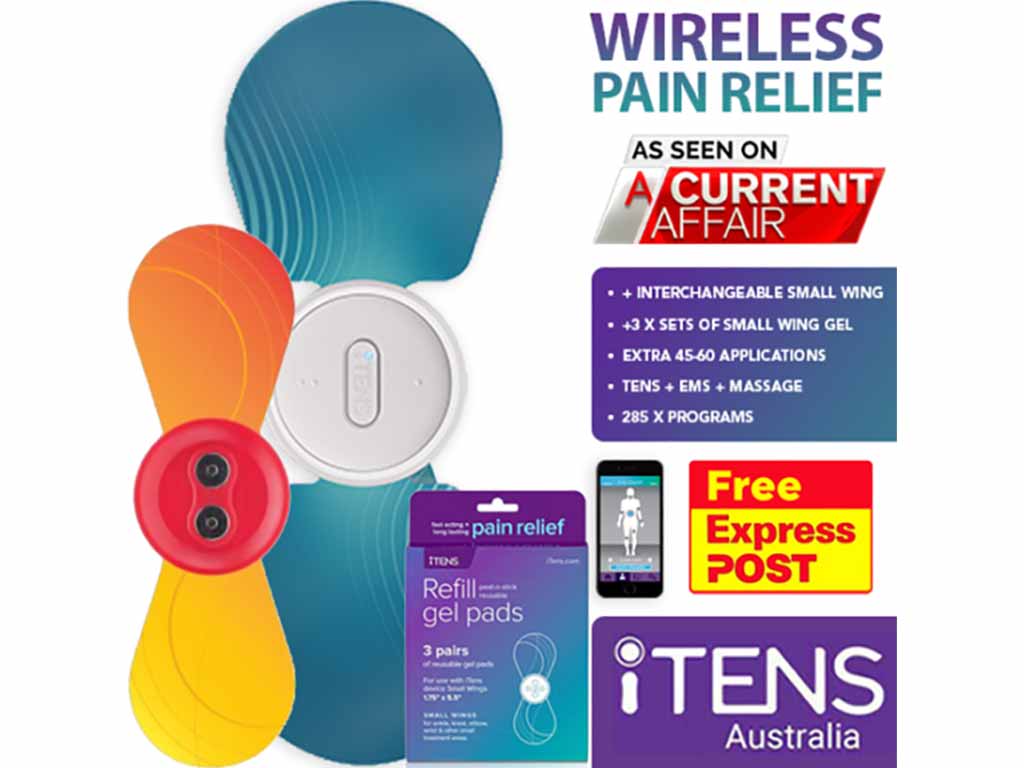
Expecting mothers often seek out ways to manage labour pain. Fortunately, there is Transcutaneous Electrical Nerve Stimulation or TENS for labour. It is a form of pain relief that employs a device that sends electrical pulses to the body. Accordingly, these impulses can block pain signals and stimulate endorphin release. Furthermore, conducting TENS therapy is simple. A birth partner or the pregnant woman places the electrode pads at the treatment region. Afterwards, turn on the unit and adjust the settings.
Childbirth is a physically demanding and painful experience for many women. Hence, labour pain relief is essential. Standard methods of pain relief include medications and physical therapy. However, they may not always be practical or have adverse side effects. Conversely, TENS has recently gained popularity as a safe and effective method. It is a drug-free pain relief option. This article will present TENS for pain during labour, including how it works and how to conduct it.
What is TENS for Labour?
Labour pain refers to the discomfort and intense sensations women experience during childbirth. It varies from mild cramping to severe pain in the abdominal, pelvic, and lower back areas. It is a natural part of the birthing process, signifying the efforts of the body to deliver the baby. Fortunately, technological advancements have led to the development of TENS for managing childbirth pain.
TENS for labour is a natural pain relief. It utilises a battery-powered machine that emits electrical currents. It streams the pulses to the body via electrodes placed on the skin. Accordingly, healthcare providers, including midwives and obstetricians, often recommend TENS as a non-invasive, drug-free option for managing labour pain. It is particularly beneficial during the early stages of labour.
The TENS devices come in wired and wireless models. TENS units with wires are connected to the electrodes via lead cables. Meanwhile, wireless models provide the advantage of being more portable without the hassle of cords. It allows for greater ease of movement during labour. Nevertheless, individuals can control the electrical stimulation manually or to a smartphone via Bluetooth.
Benefits of Using TENS During Labour
- Non-Invasive: TENS provides pain relief without incisions, injections, or introducing any objects into the body.
- Non-Pharmacological Therapy: TENS does not involve drugs. Hence, there are no risks of side effects that might affect the well-being of the mother and the baby.
- Customisable: TENS units come with adjustable settings. It allows users to control the frequency, intensity, and duration of the electrical impulses.
- Provides a Sense of Control: Operating a TENS device empowers the mother to manage their pain relief actively. It can be psychologically beneficial, reducing anxiety and contributing to a more positive birth experience.

How TENS for Labour Works
The principle behind TENS for labour hinges on the Pain Gate Theory. It proposes that there is a neurological “gate” in the spinal cord that controls the flow of pain messages to the brain. Nevertheless, TENS units generate electrical pulses that flood the nervous system. These impulses are thought to be faster than pain signals. As a result, the pulses essentially block the pain messages reaching the brain.
In addition, TENS may stimulate the body to produce endorphins. Endorphins are natural pain-relieving chemicals in the body. It is often referred to as the morphine of the body. These chemicals bind to receptors in the brain and spinal cord. As such, it reduces pain perception and promotes feelings of well-being. The stimulation can boost the release of endorphins.
TENS allows expectant mothers to maintain mobility and control over their pain management. The user can adjust the frequency and intensity of the electrical currents. Thus, it offers a personalised approach to pain relief. Moreover, TENS supports a holistic approach to labour. It serves as an alternative or complement to other forms of pain relief.
Frequencies and Intensities
Frequencies refer to the number of electrical impulses sent per second, measured in Hertz (Hz). Typically, there are low (1 to 10 Hz) and high (50 to 120 Hz) frequencies. Low-frequency settings are thought to promote the release of endorphins. Meanwhile, high-frequency settings aim to block the pain signals being sent to the brain.
On the other hand, the intensity level, measured in Milliamperes (mA), determines the strength of the electrical impulses. The intensity should be adjusted to a comfort level for the individual. It should be strong enough to ensure the impulses are felt as a tingling or buzzing sensation without causing discomfort.

How to Conduct TENS for Labour
Conducting TENS for labour is a straightforward process. Initially, the skin where to place the electrodes is prepared by ensuring it is clean and dry. It helps in securing an excellent adhesive connection and conductivity of electrical impulses. Subsequently, attach the electrode pads. Proper electrode placement is essential for TENS therapy to be effective. Then, connect the electrodes to the machine or a smartphone.
Next, turn on the TENS device, starting at the lowest settings. Gradually increase the intensity to a comfortable level. The aim is to achieve a firm but comfortable sensation that does not cause discomfort. Nevertheless, the expectant mother is taught how to adjust the intensity of the impulses. It is especially true as labour progresses and the pain threshold or tolerance changes.
Throughout labour, monitor the comfort level and the effectiveness of TENS. Make adjustments if necessary. It is essential to ensure that TENS therapy complements the labour process rather than complicates it. Once complete, turn off the TENS device and carefully remove the electrodes from the skin.
Pad Placement Guide
Typically, the standard placement of electrodes during labour is in the back. Before attaching the electrodes, prepare the skin on the back. Place two pads at about the level of the bra line on either side of the spine. The pads should not touch the spine but be positioned parallel to it.
Additionally, place the other two pads in the lower down. It is at about the level of the dimples in the lower back. Furthermore, ensure proper spacing between the electrode pads. Consulting a healthcare provider for the proper pad placement is also crucial.
Conclusion
In conclusion, TENS for labour is a beneficial option for pain management. It is a form of therapy that utilises a battery-operated device that emits electrical currents. It sends the pulses to the body via electrodes attached to the skin. Accordingly, this electrical stimulation works in various analgesic mechanisms to provide relief. It interrupts the transmission of pain signals and prompts the production of endorphins. TENS units can also stream the currents in varying frequencies and intensities.
Furthermore, TENS offers numerous benefits during labour. It is non-invasive, non-pharmacological, customisable, and provides a sense of control. Moreover, conducting TENS therapy is simple. Foremost, prepare the skin in the treatment area and place the electrode pads. Subsequently, connect the electrodes and turn on the device. Finally, modify the settings. Nevertheless, recognising the proper electrode placement is crucial for TENS therapy to be effective. Typically, individuals position it on the back.





















